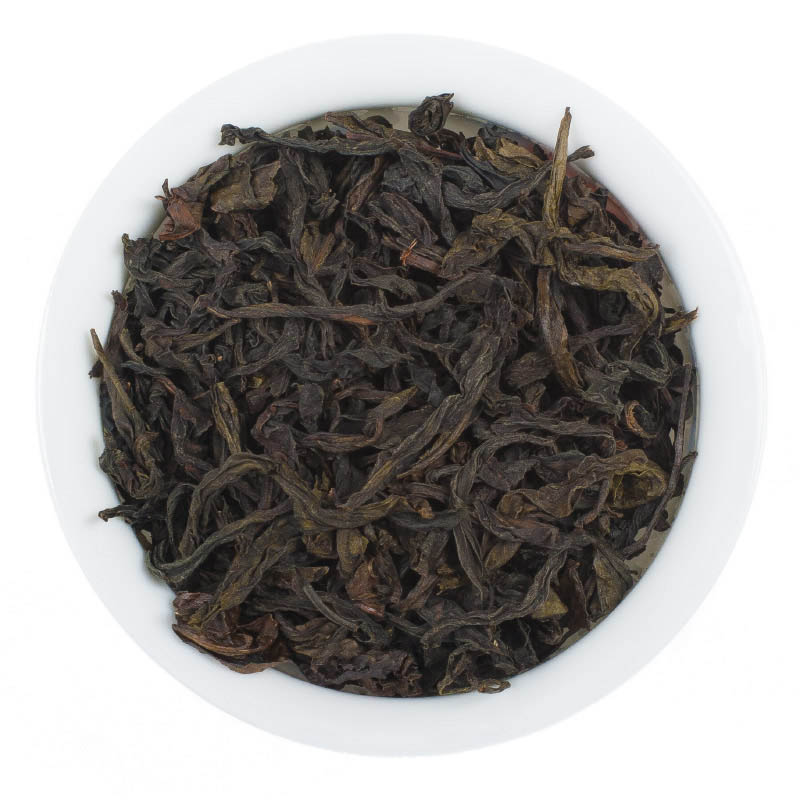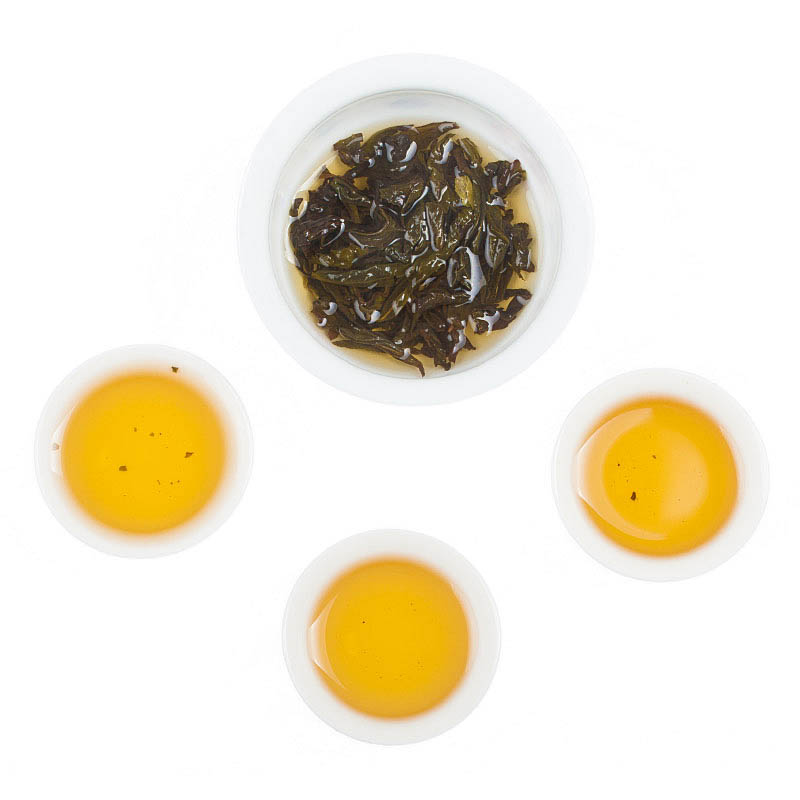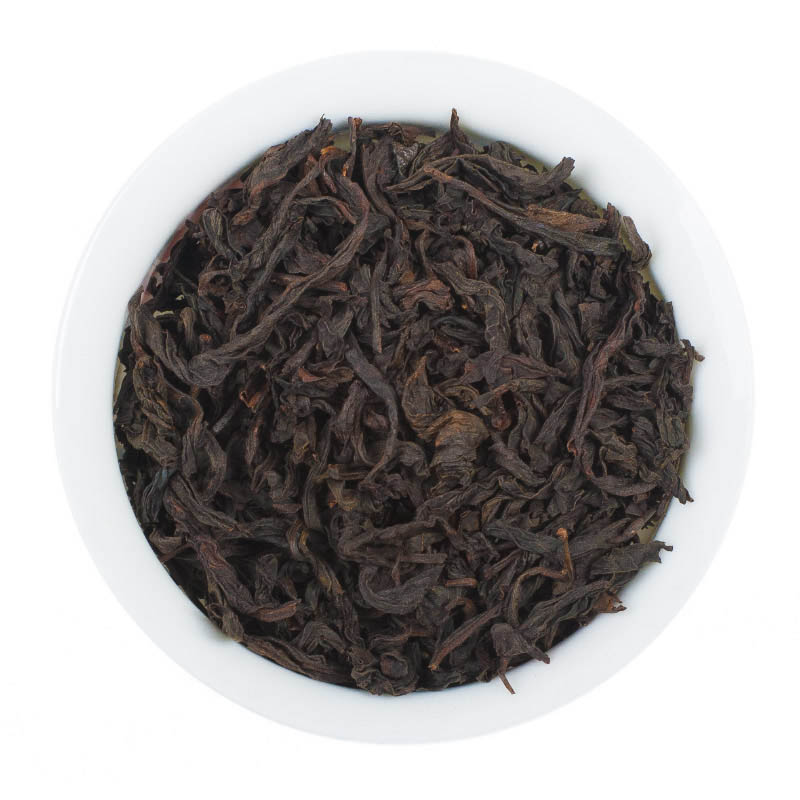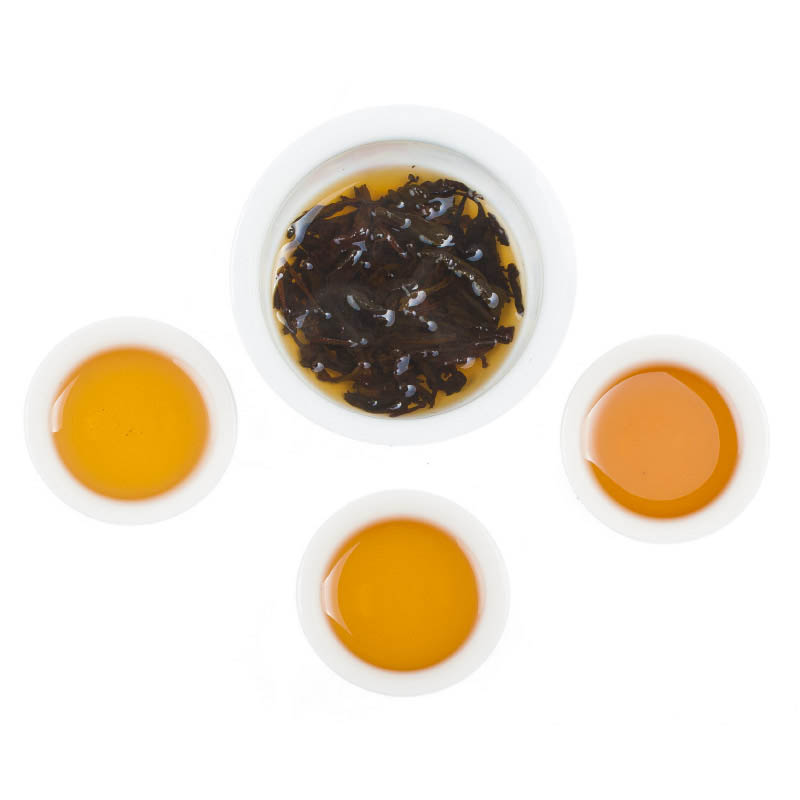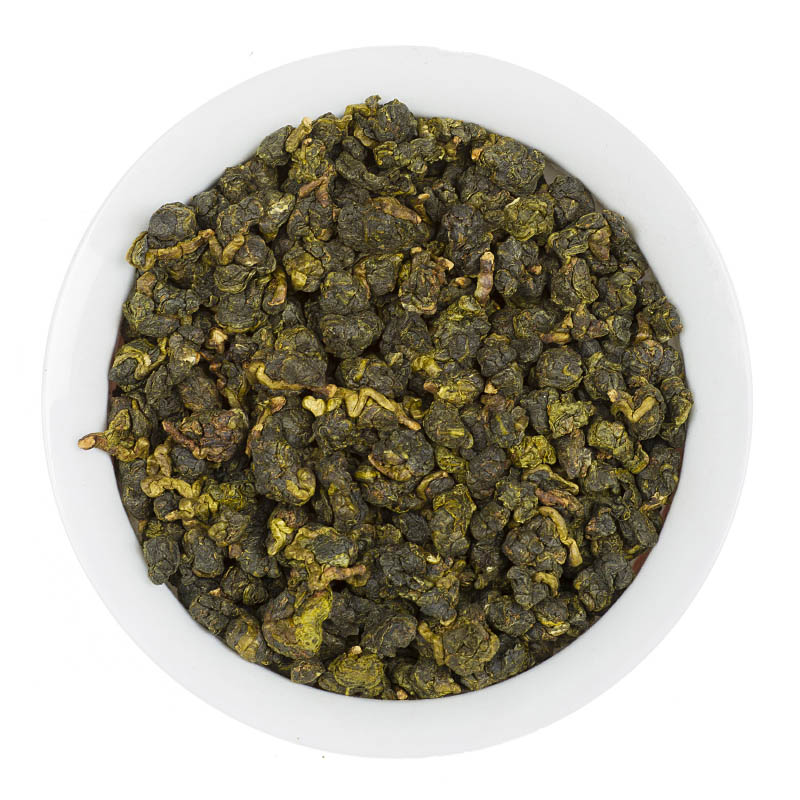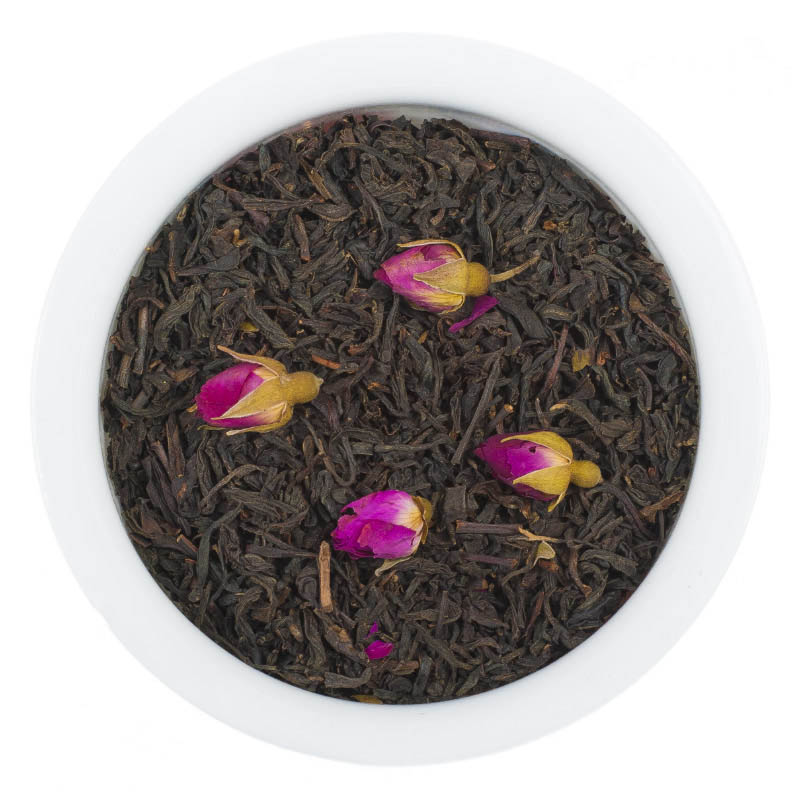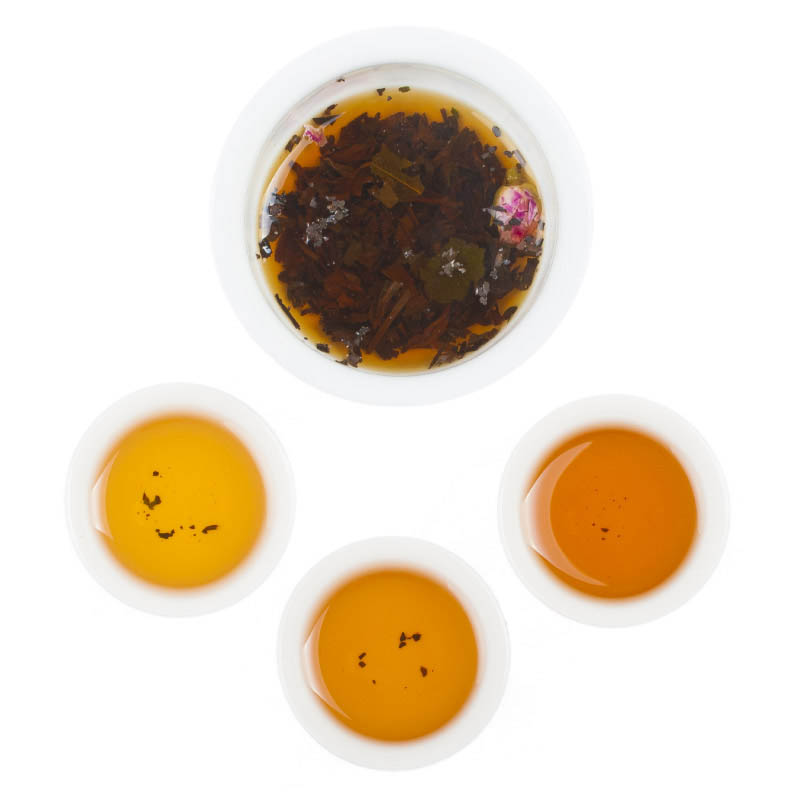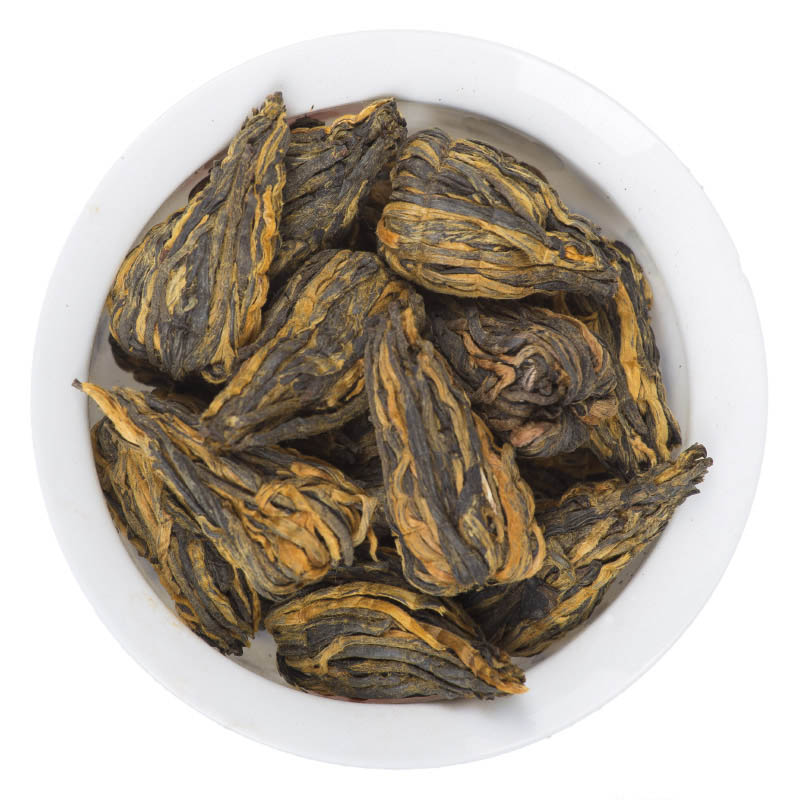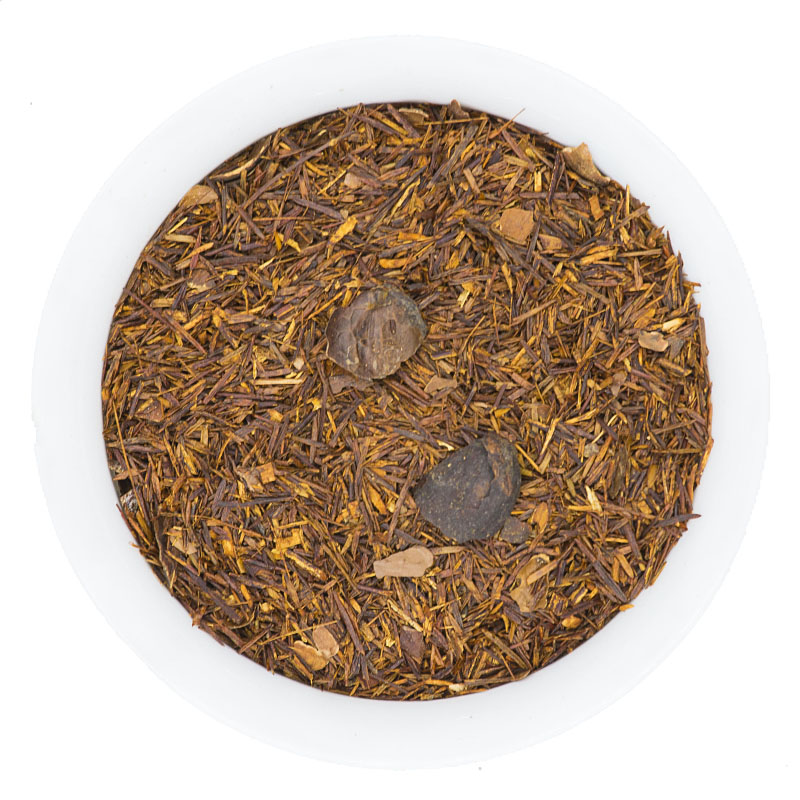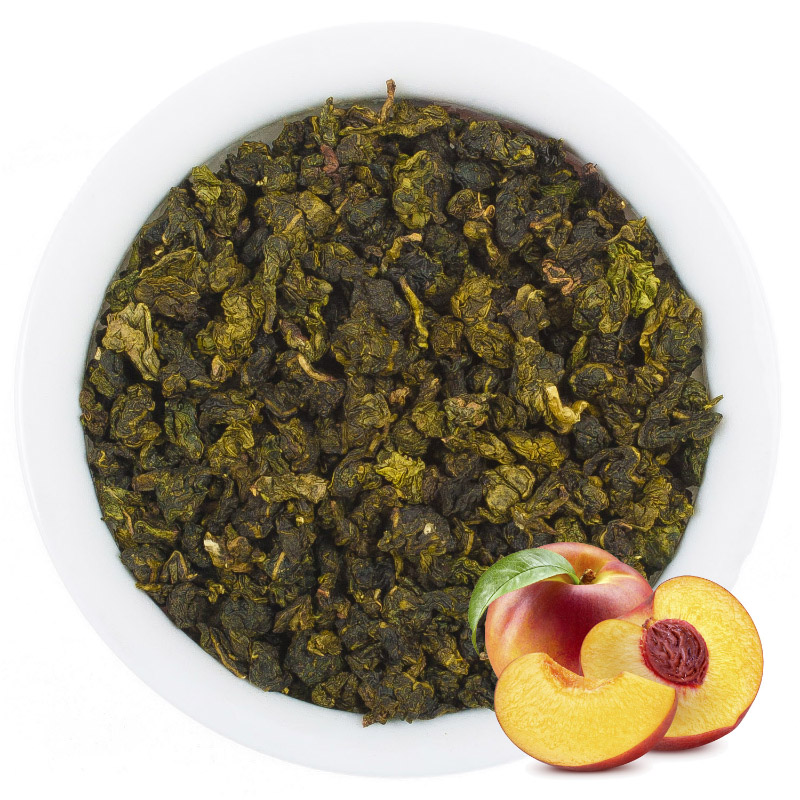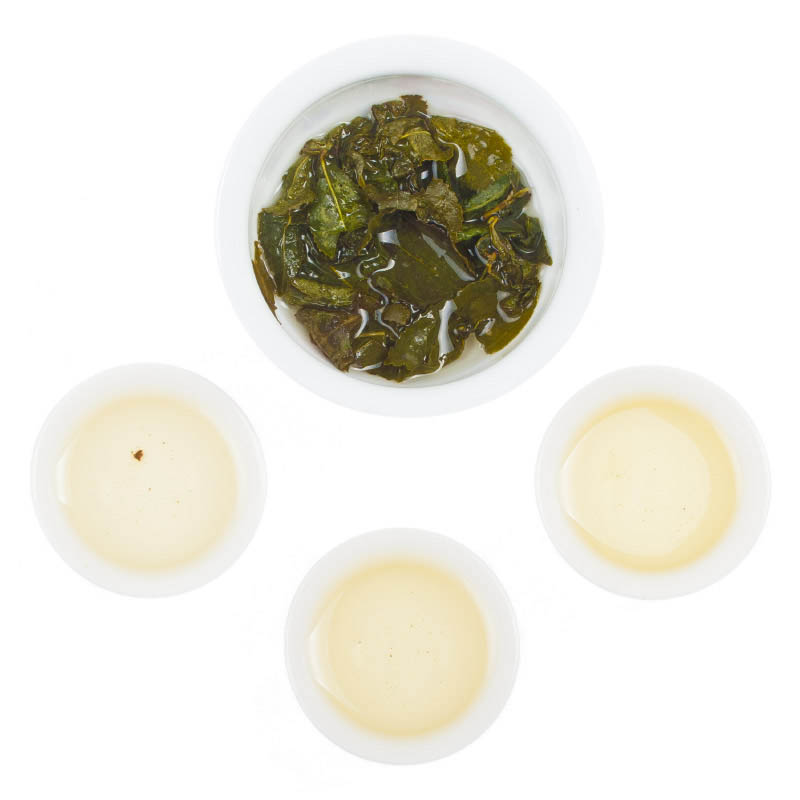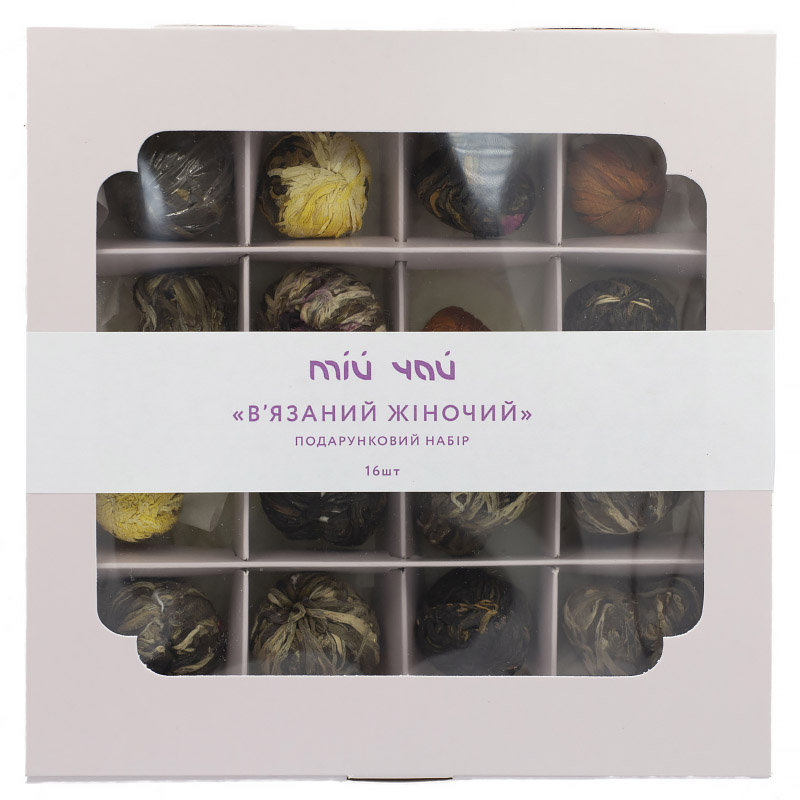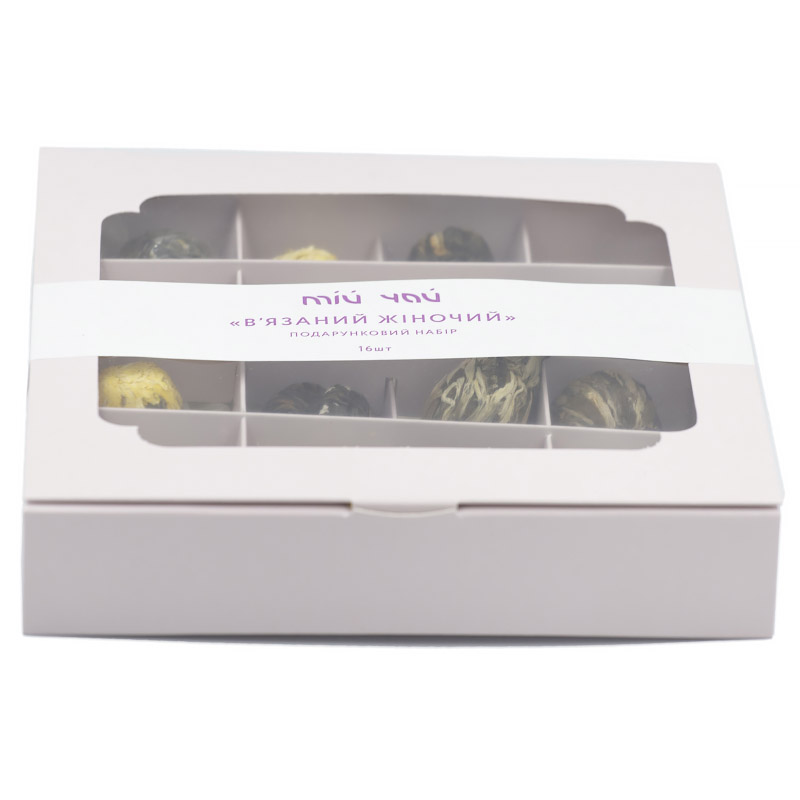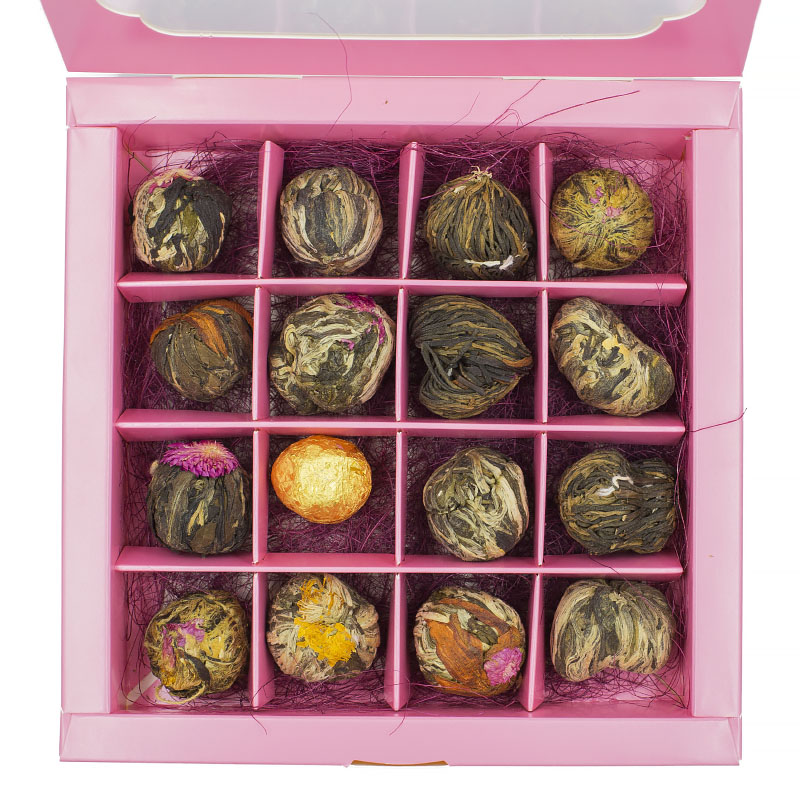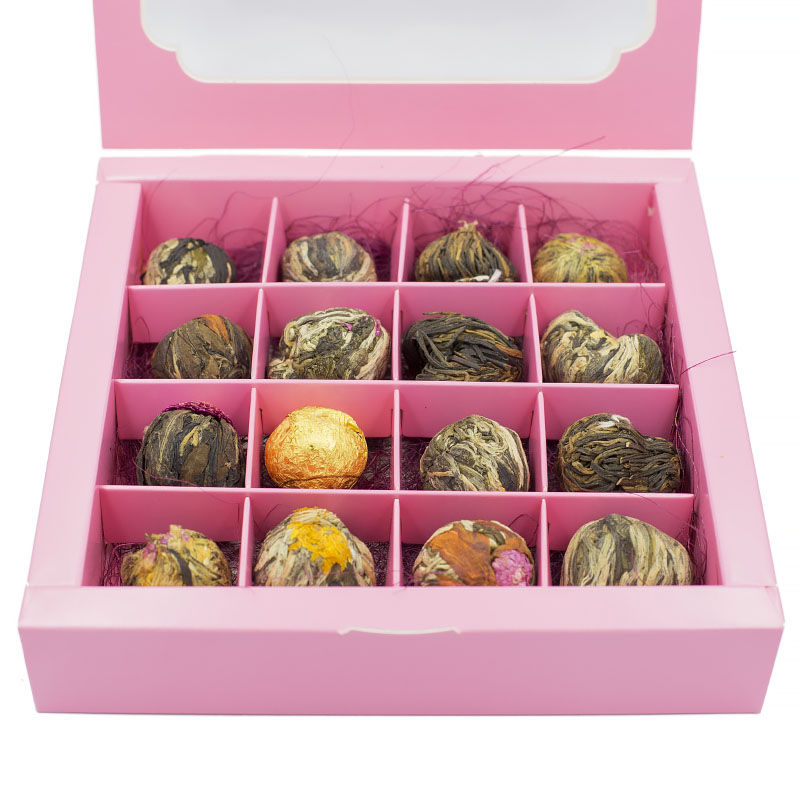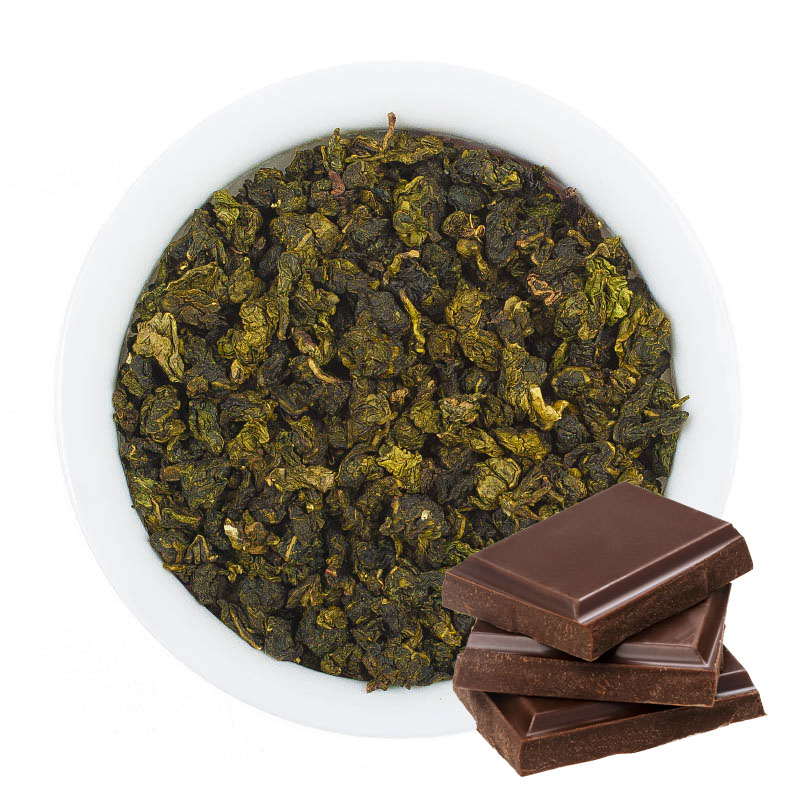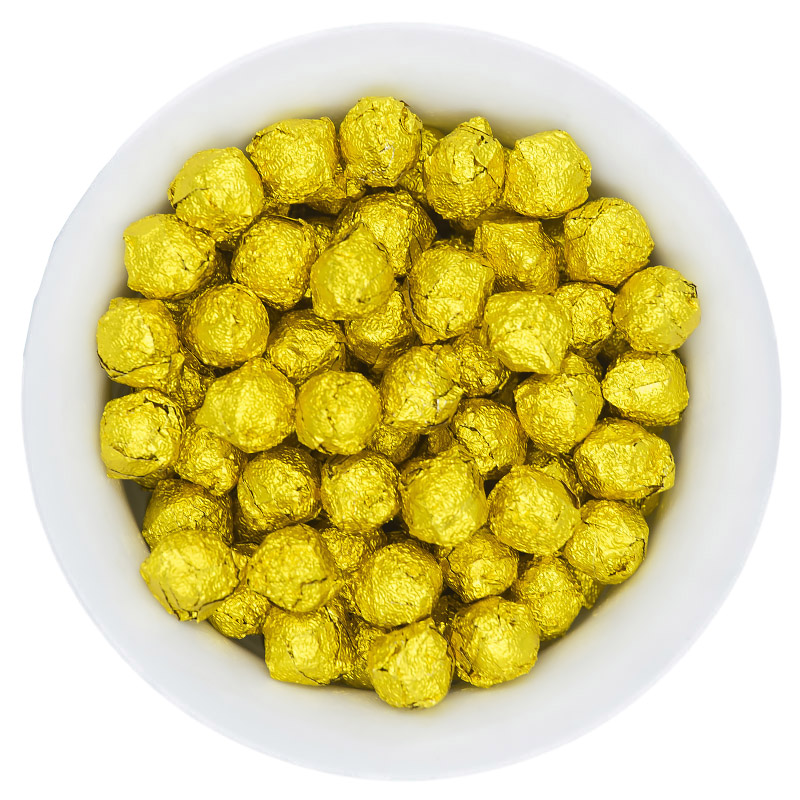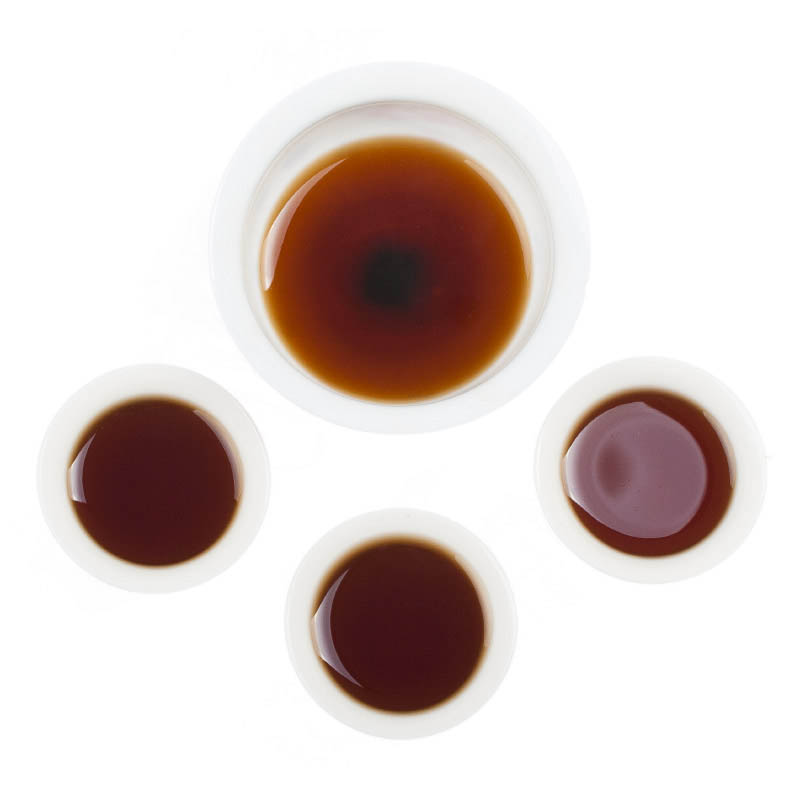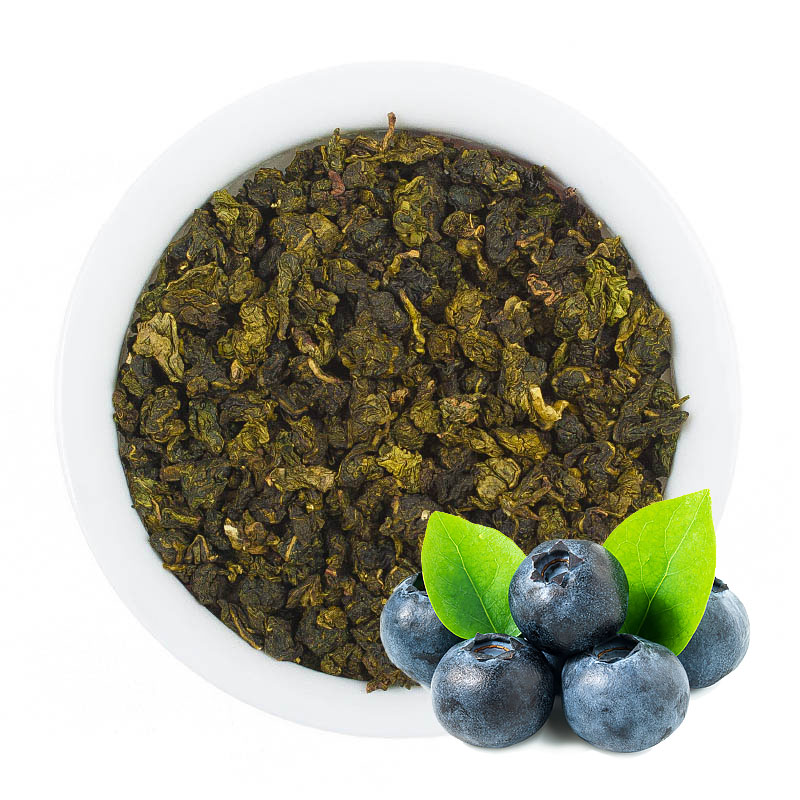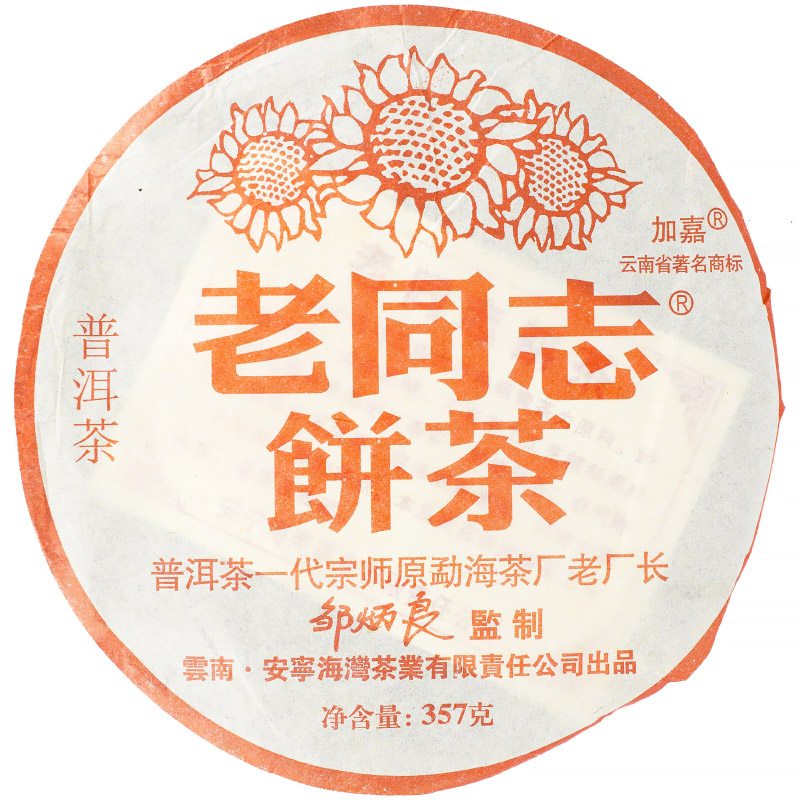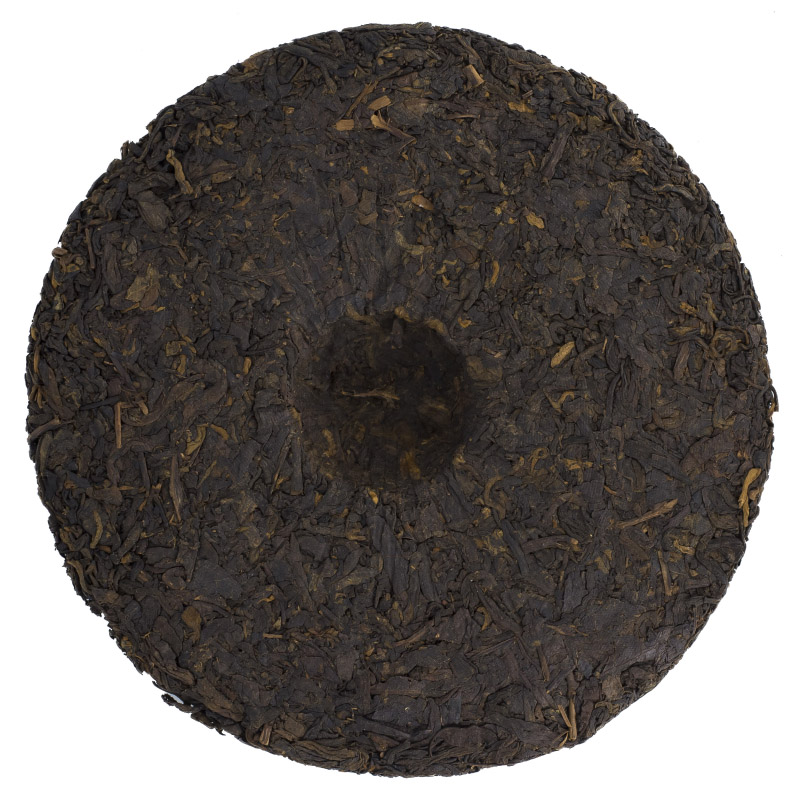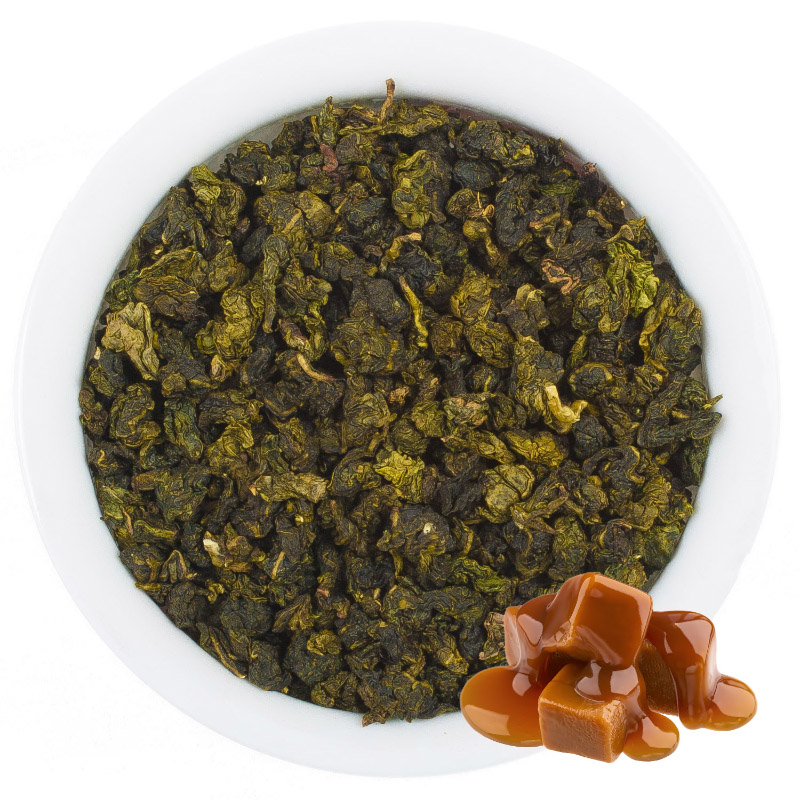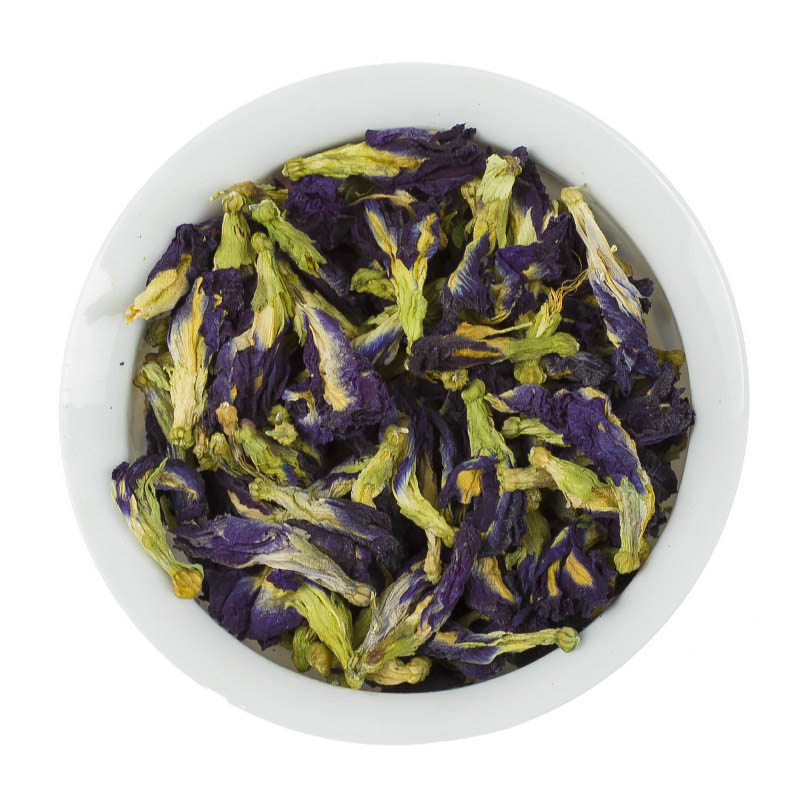Contents
- A Drink from the Depths of Ages: A Historical Excursion
- Geography of the Main Exported Tea Growing Regions
- Main Types of Tea
- How Long Can Brewed Tea Be Consumed?
- Black Brewed Tea and Its Shelf Life
- How Long Does Brewed Green Tea Last?
- Can Brewed Tea Be Stored in the Refrigerator?
- Milk-Brewed Tea: Consumption Tips
- How and Where Is It Best to Buy Tea?
Who doesn’t know that tea has long been considered the most popular drink after water? It is consumed virtually in every country. Every household has at least one pack of tea, if not more. In terms of age, only wine can compare to it, and many of us believe we know almost everything about tea. But we assure you that today we can reveal some important secrets about the favorite drink of sages and aristocrats — tea.
A Drink from the Depths of Ages: A Historical Excursion
In Eastern countries, tea is regarded as the primary remedy for overcoming any illness. And rightly so. Asian sages long ago noticed that the leaves of this plant contain a high amount of microelements, antioxidants, and vitamins necessary for the human body.
However, to properly benefit from all the components in tea, it must be prepared correctly and stored properly. Otherwise, tea can turn into a harmful force for our body, which not only fails to help but can cause harm.
Few know that all teas growing on the planet are varieties of one of the oldest plants — the Chinese Camellia. According to myths, the first tea was grown and consumed 2100 years ago during the reign of the Western Han dynasty in China.
Today, there are several dozen types of tea worldwide. They can be categorized by several principles:
- Country of origin
- Plant type
- Form of production
- Grade
In addition, these categories have their own varieties, further dividing teas into subtypes, subgroups, and subspecies.
Geography of the Main Exported Tea Growing Regions
Probably few of us think about how diverse and extensive the world of tea is. Looking at tea packages on supermarket shelves or in specialized stores, few delve into the production process or imagine the distant tea plantations. Let’s take a closer look at the geography of tea growing. Currently, the leading countries in tea cultivation are:
Other countries whose economies include tea production are Argentina, Japan, Iraq, Taiwan, Nepal, and Azerbaijan. The combined output of these countries accounts for no more than 10% of the world tea market.
Main Types of Tea
In nature, there are only six types of tea made from real tea leaves. They are:
True connoisseurs claim that real tea can only be called a drink brewed from genuine tea leaves. However, worldwide, other drinks made from leaves, stems, petals, or even roots of other plants are also commonly called tea. These include:
In the world of alternative medicine, teas based on herbs such as chamomile, calendula, thyme, coltsfoot, oregano, fireweed (Ivan tea), and linden flowers are well known.
How Long Can Brewed Tea Be Consumed?
In Japan, there is a saying that literally translates as: “Tea left for the second day will be worse than vinegar.” And, as always, the Japanese are right. The tea leaf is truly a mysterious element. The beneficial substances it contains can last for years if the leaf is dry, but once brewed with boiling water, these substances begin to break down within two hours and turn into toxins. So, is it safe to drink yesterday’s brewed tea?
Scientific observations show that brewed tea left for half an hour loses its healing properties and becomes a breeding ground for fungi and other microorganisms. If you leave strong brewed tea for a day or more, you will soon see a thick mold growing on the surface — a colony of fungi. Such a brew is truly poisonous for humans. If this happens, discard the spoiled tea as soon as possible and thoroughly wash, sterilize with boiling water, and dry the utensils.
The shelf life of brewed tea is 10-15 minutes after pouring boiling water over dry leaves. Of course, after 5-6 hours it is still technically a drink you can consume, but it lacks proper taste and aroma, and its beneficial substances have vanished, turning into harmful microelements that seek to harm your body.
Black Brewed Tea and Its Shelf Life
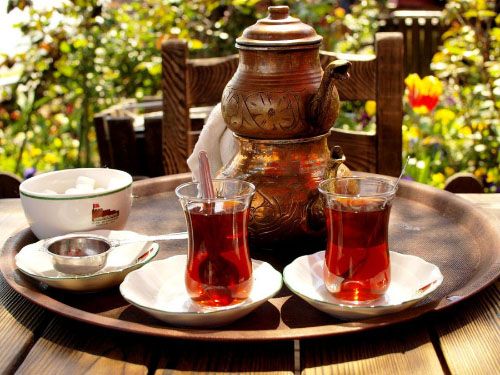
The storage time of brewed tea depends on the degree of its fermentation. For black tea and pu-erh tea, the shelf life when brewed does not exceed 30 minutes. After the black tea cools down to below 30 degrees Celsius, it completely loses all its beneficial and pleasant qualities. The most reasonable choice is to pour out the tea and brew a fresh batch.
How Long Does Brewed Green Tea Last?
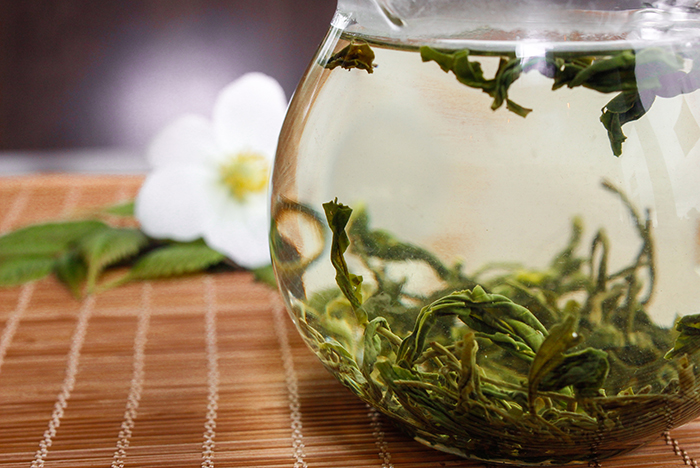
Since green tea is less fermented, its shelf life when brewed is slightly longer than black tea — only by 5-10 minutes. You can truly enjoy the authentic taste of green tea and fill your body with its beneficial substances only within 20-25 minutes after brewing with boiling water. After half an hour, this effect will be gone. Drinking tea that has stood too long will leave a bitter and unpleasant astringent aftertaste. All experts unanimously advise discarding such tea and preparing a fresh batch.
Can Brewed Tea Be Stored in the Refrigerator?
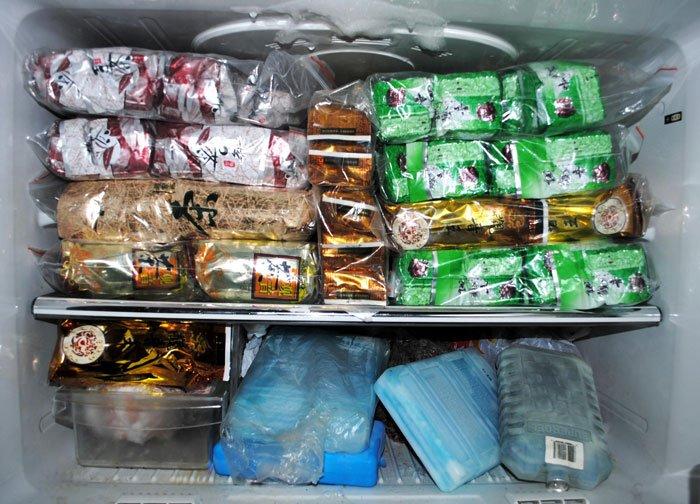
Is it okay to drink brewed tea from the previous day? This question worries many sensible and thrifty homemakers who know how to plan and manage their household budget. “Not recommended,” say those well-versed in tea who know all its secrets. However, if you brewed more tea than needed, you can store it overnight in the fridge. Cold will not preserve the tea’s beneficial qualities or aroma but will prevent the formation of harmful substances.
It is quite possible to extend the shelf life of brewed tea by freezing it. At –17 °C in ice cubes, you can preserve the beneficial substances of green tea. But this is only effective if you put the brewed tea in the freezer within 20 minutes after brewing.
Milk-Brewed Tea: Consumption Tips
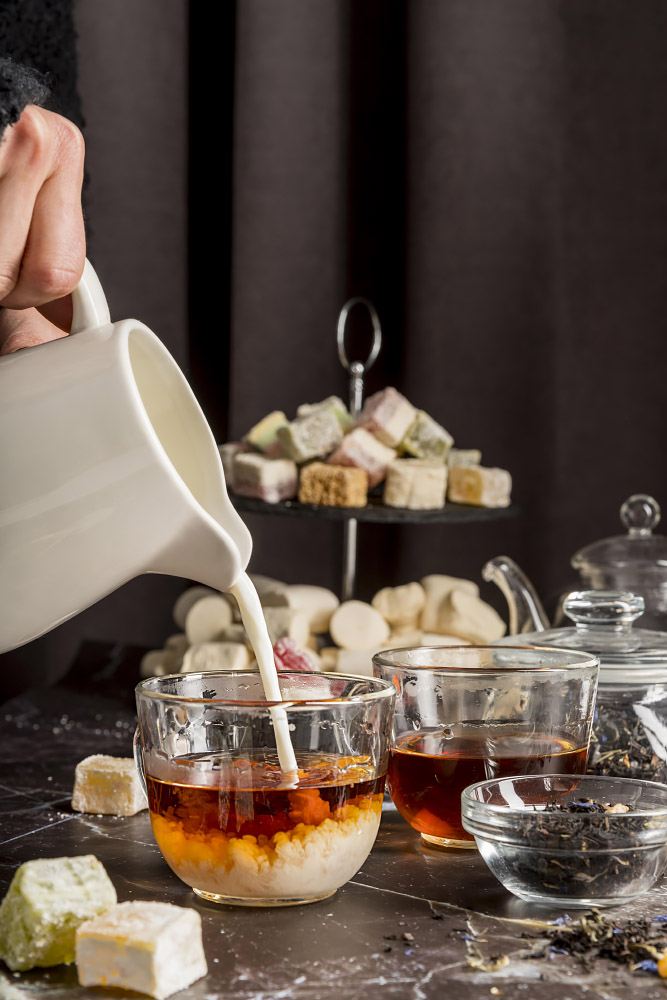
Praising all the beneficial properties and amazing aromas of tea, we often forget that it also has a “flip side” — caffeine. No matter how you look at it, caffeine is harmful to the human body. Drinking tea without limits can lead to cardiovascular, liver, and kidney diseases.
To somewhat neutralize caffeine’s effect on the body, nutritionists recommend brewing tea with milk. This method is approved by many users who claim that tea brewed in milk is not only healthy but also delicious.
The recipe for preparing such tea is simple:
- 5-10 grams of high-quality, preferably pu-erh tea, rinsed with boiling water;
- Place the leaves in a teapot or other metal container;
- Add half a liter of fresh milk to the leaves;
- Heat the milk slowly until it boils;
- Add a little butter.
After 2-3 minutes, remove from heat, add your favorite ingredients, and let the drink steep for 5-10 minutes. You can prepare green tea brewed in milk the same way.
How and Where Is It Best to Buy Tea?
You have probably noticed that it is almost impossible to choose good tea on supermarket shelves. The selection usually consists of the same standard set of the most popular and inexpensive teas.
The situation with specialized tea shops is slightly different but not very encouraging either. Typically, branded tea stores sell products from only one or two brands, where the supplier is either a single country or a single network operating under several brands. When buying tea from such outlets, you inadvertently become a hostage to the situation and choose from what is available.
That is why you should consider buying tea online. How does an online tea store work? In our case, it is the website “My Tea.” Our site offers almost all types of tea available on the market. Since visitors to our pages have diverse preferences and tastes, we strive to satisfy them all. To this end, our warehouse collections are constantly replenished, the most popular products are featured in a dedicated section, and we frequently run promotions on new arrivals, ready to present any tea along with information about its history—from the country where the first leaf of this tea variety grew to the recipe for its preparation.
Our tea prices are quite reasonable and affordable for almost everyone.

